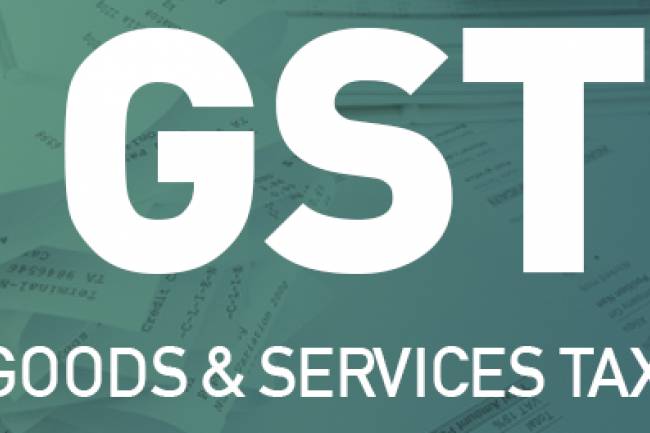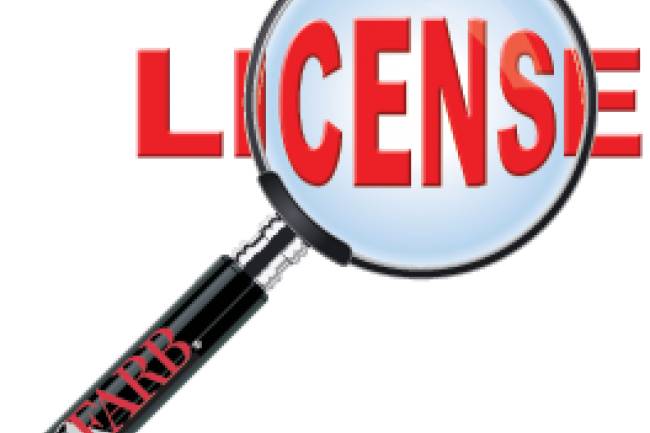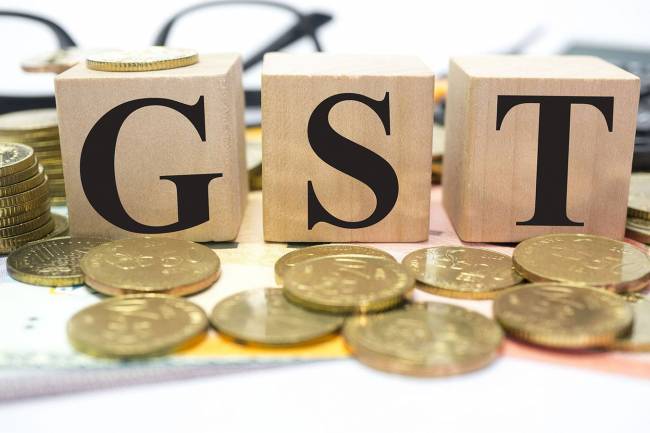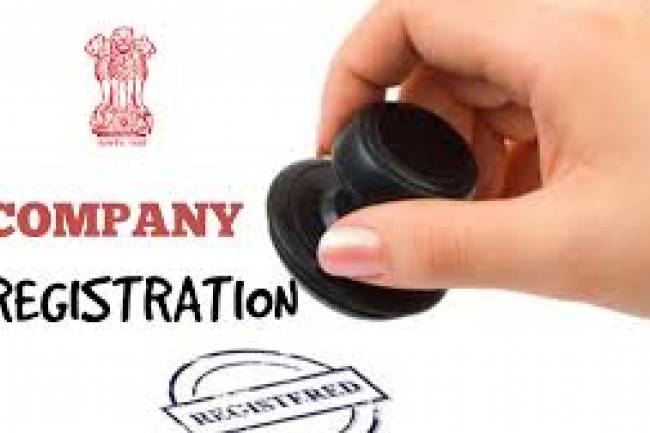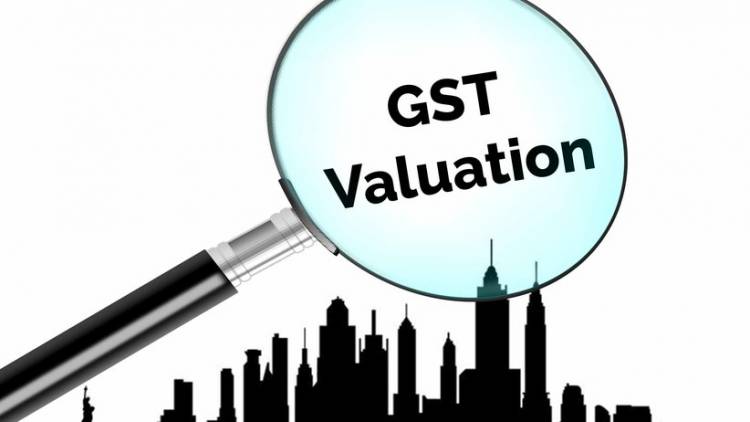
How valuation is done when Price is not a Sole consideration for goods/services under GST Valuation rules
1.0 Introduction
Under GST, the valuation is done in view of the exchange esteem just if cost is a sole thought and provider and the beneficiary are not related. At the end of the day, the valuation might be done as per the principles, if the accompanying two conditions are not fulfilled:
Cost is a sole thought
Purchaser and dealer are connected
In this article, we should talk about how valuation is done when cost isn't a sole thought. Give us a chance to comprehend it in detail.
2.0 Meaning of Price isn't a sole thought
1. The exchange esteem might be acknowledged if the cost is the sole thought. At the end of the day, what is gotten or what is to be gotten should just be the value paid or payable to the provider. No other thought in any frame ought to be payable for the supply.
2. On the off chance that cost isn't the sole thought for the supply, at that point the valuation should be done as per the govern 1 of the Valuation rules.
3. According to govern 1 of the valuation rules, where the supply of products and ventures is for a thought not completely in cash, the estimation of the supply might:
Be the open market estimation of such supply.
On the off chance that open market esteem isn't accessible, be the whole of thought in cash and any such further sum in cash as is proportionate to the thought not in cash if such sum is known at the season of supply;
In any case, if the estimation of supply isn't definite under over two provisions, be the estimation of supply of merchandise or administrations or both of like kind and quality.
Further, if esteem isn't definite under any of the aforementioned proviso, at that point the esteem should be the aggregate of thought in cash and such further sum in cash that is proportionate to thought not in cash as dictated by use of control 4 or decide 5 in a specific order. (Decide 4 expresses that esteem might be 110% of the cost and the lead 5 is the remaining tenet.)
Give us a chance to have a few representations:
a) Where another telephone is provided for Rs.20,000 alongside the trading of an old telephone and if the cost of the new telephone without trade is Rs.24,000, the open market estimation of the new telephone is Rs 24,000.
b) Where a tablet is provided for Rs.40,000 alongside a deal of printer that is produced by the beneficiary and the estimation of the printer known at the season of supply is Rs.4,000 however the open market estimation of the portable workstation isn't known, the estimation of the supply of tablet is Rs.44,000.
3.0 Case contemplates where cost isn't a sole thought
The case laws are identified with extract law valuation part where the comparable idea was talked about and henceforth, these case laws still hold great and possibly alluded.
1. In the event that any purchaser supply to the merchant materials, segments, parts and comparable things or apparatuses including passes on, molds, pressing material and so forth straightforwardly or in a roundabout way, free or at diminished cost, at that point cost should not be a sole thought and consequently valuation might be made as per the guidelines.
In HBL Aircraft Batteries v. CCE 2004 AIR SCW 3275 = 167 ELT 483 (SC), it was held that the cost of material provided by purchaser ought to be at the cost at which he gets the material and not at showcase cost
2. One purchaser was given higher markdown than others on condition that he will advance deal and showcasing of assessee's items. The additional markdown was to remunerate notice and advancement movement embraced by L&T. It was held that the extra rebate can't be permitted as finding. [CCE v. Rishabh Instruments (2008) 226 ELT 230 (CESTAT)].
3. The assessee was producing wagons for Railways. Railroads had provided haggles which were utilized by organization while producing Railway wagons. For this situation also, cost isn't the sole thought. [Texmaco Ltd. v. CCE 77 ELT 501].
4. Dealer of sound tape/video needs to pay lumpsum charges to artiste/maker to obtain copyright. He at that point gets the CD/sound tape fabricated from work laborer, by providing the crude material. Assessable Value of CD/sound tape ought to be computed on premise of crude materials provided by purchaser in addition to work charges of employment laborer in addition to cost of eminence paid to artiste.
5. On the off chance that examples/passes on/experts/molds are provided by purchaser, clearly cost charged for products isn't the 'sole thought'. In such cases, valuation rules should apply.
6. Foundries require 'design' (made of Aluminum or wood) for making a throwing. Such example is utilized more than once for number of castings. The example is either provided by purchaser or made by the foundry and charged to purchaser. Allotting of example cost might be made
contingent upon the normal life and capacity of example and the amount of castings that can be made from it and in this way working the cost to be proportioned per unit. For this reason, a declaration from a Cost Accountant might be acknowledged. CBE& C Circular No. 170/4/96CX dated 23-1-96.
For this situation likewise, valuation should be done as per the standards.
7. On the off chance that where specialized skill provided free of cost by client to the provider, at that point additionally cost isn't the sole thought and valuation should be done as per the principles. [CCE v. Wintac (2011) 263 ELT 273 (CESTAT)].
4.0 Important: the instance of fiat India by Supreme Court of India
The points of interest of CCE v. Fiat India (P) Ltd. [2012] 283 ELT 161 (SC) are here as under;
Brief Facts: Assessees are the producer of engine autos, i.e. Fiat Uno movdel autos. The assessees have recorded a few value announcements, proclaiming discount cost of their autos available to be purchased through entire deal terminals.
On examination, the focal extract specialists express that they had by all appearances found that the discount cost announced by the assessees is considerably less than the cost of creation and, hence, the value so pronounced by them couldn't be dealt with as an ordinary cost with the end goal of measurement of assessable incentive under Section 4(1)(a) of the Act and for exact of extract obligation as it would add up to short installment of obligation.
The assessee said that the fundamental explanation for offering the autos at bring down cost was to enter the market, along these lines, the cost at which they were offering the Cars in the market ought to be thought to be a typical cost according to Section 4 of the Act.
Judgment: Supreme Court held that where items are sold at significant misfortunes for an unduly drawn out stretch of time with the end goal of market entrance, the exchange esteem can't be acknowledged with the end goal of exact of extract obligation and cost couldn't be said to be a sole thought.
Examination: With all due regard to the Supreme Court of India, the judgment was not sound and was not conveyed in consonance with the valuation runs under extract law. This was the explanation behind the alteration to make the judgment insufficient by adding stipulation to control 6 which states as under;
"On the off chance that an assessee deal beneath assembling expense and benefit yet there is no extra thought streaming straightforwardly or in a roundabout way from purchaser to assessee, the exchange esteem might be the assessable esteem stipulation to manage 6 of Central Excise Valuation (Determination of Price of Excisable Goods) Rules, 2000 w.e.f. 1172014.
In this way, regardless of whether assessee deals underneath his assembling cost, the exchange esteem can be dismissed as 'esteem' just if some extra thought is spilling out of purchaser to assessee.
Effect of this judgment under GST Law
This judgment might have coordinate effect on the valuation until and unless, the comparable stipulation is included under GST law. Since if any provider supplies merchandise/administrations at a cost underneath the assembling expense to enter the market, at that point according to the Supreme Court judgment, the cost should not remain the sole thought and consequently, exchange might not be acknowledged and valuation should be made as per the guidelines.
Visit HireCA.com Now




